When you say the word “Antarctica,” images of vast snowy deserts, snow-covered rocks, icebergs, penguins, and scientific stations come to mind. The human brain tends to resist the idea that luxury tourism in Antarctica is possible. But surprisingly it is possible!
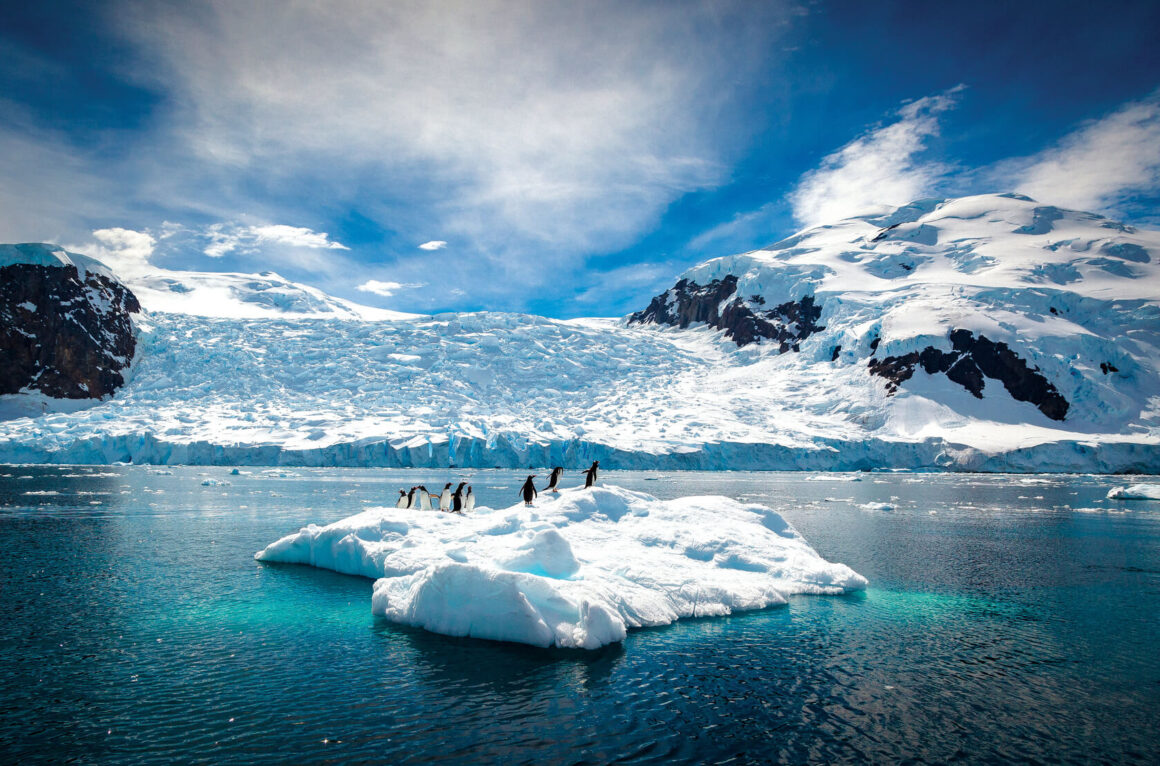

Tourism in Antarctica can be broadly divided into two categories: the first is cruise tourism on sea vessels and yachts, and the second category is camping tourism, where accommodation takes place in tent camps and campgrounds. It is important to note that tourism in Antarctica is only possible during the summer period from December to February. During this time, weather conditions allow people to be outdoors to some extent, and for sea vessels to navigate Antarctic waters without the risk of being trapped in ice and crushed by icebergs. Today, we will focus on tent camps and campgrounds.
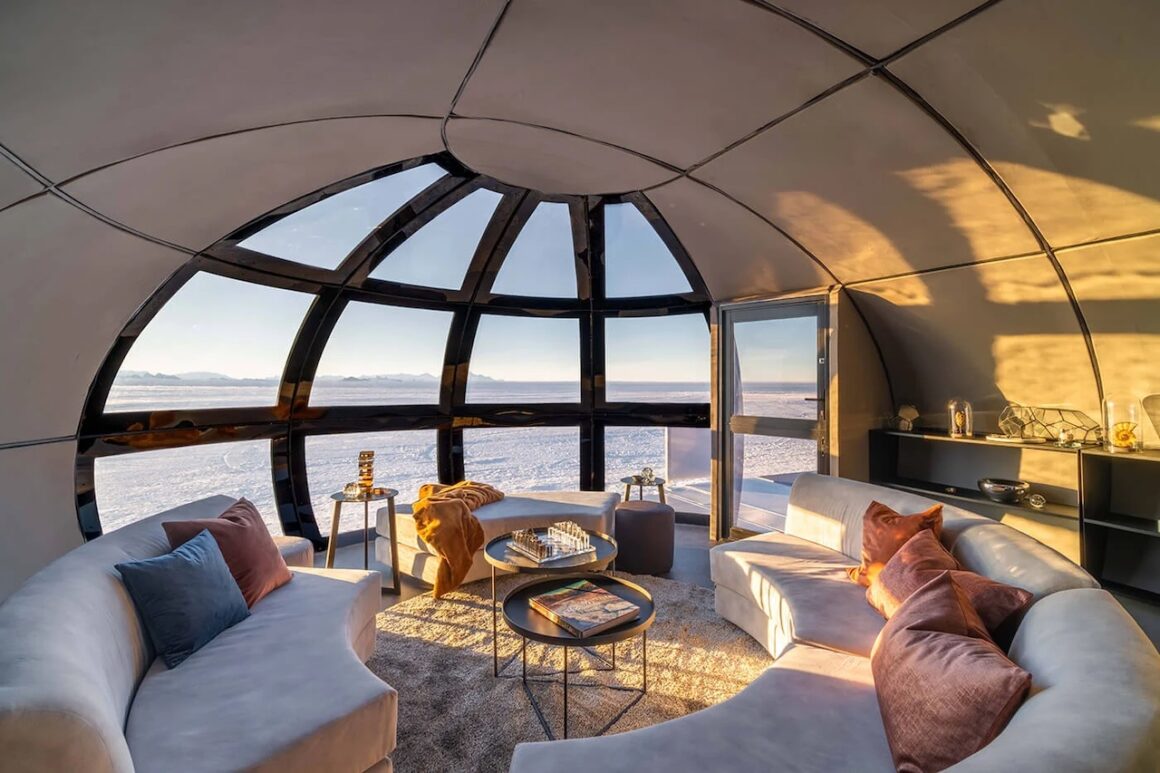

The idea of building tent camps and campgrounds in Antarctica emerged from the fact that all scientific stations operating in Antarctica belong to government scientific foundations and are not designed for accommodating tourists. Instead, they are intended solely for the residence and work of scientists and technical staff. Why not build hotels then? According to the Antarctic Treaty System, substantial construction in Antarctica for non-scientific purposes is prohibited. So, what’s the solution? Campsites! Tour companies operating in Antarctica realized that the region would mainly attract enthusiasts of extreme tourism. Therefore, tent camps and campgrounds became a viable solution to this restriction.
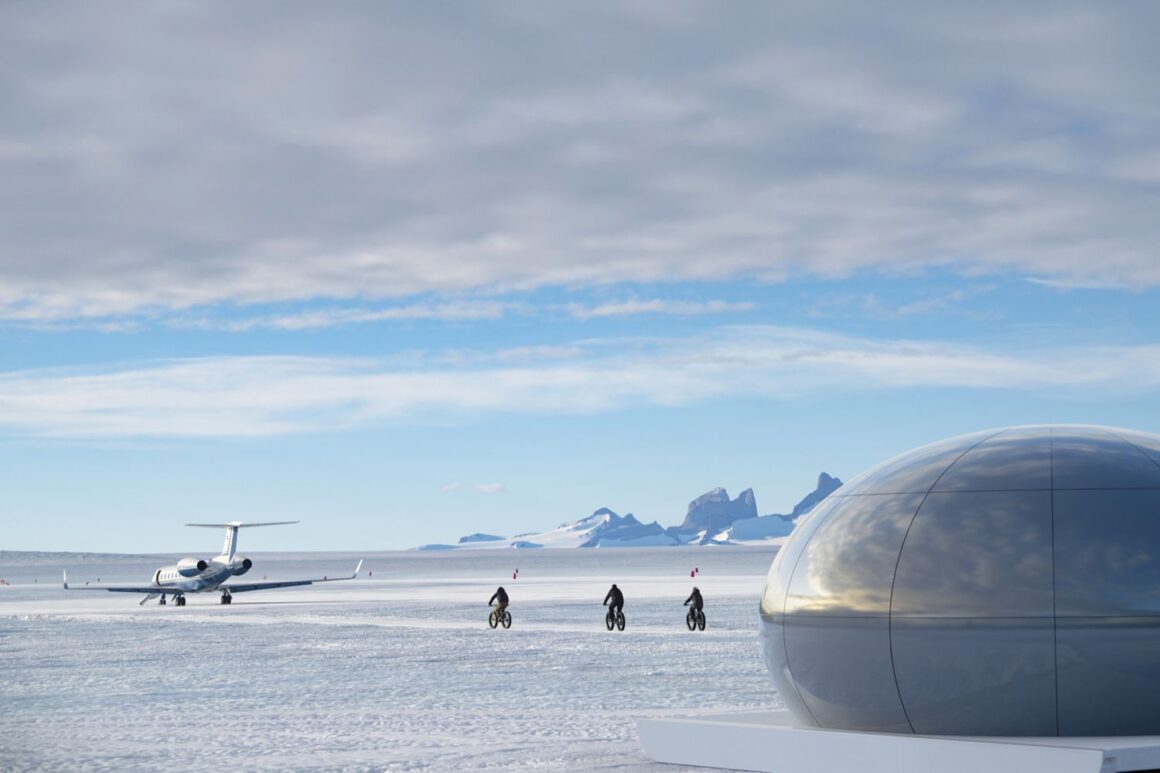

Tent camps and campgrounds in Antarctica can be categorically divided into permanent, constructed for the entire summer period, and temporary ones. Temporary camps can be set up for durations ranging from one day to several days and may serve as relay bases for overnight stays during hiking routes or temporary landings for tourists from cruise ships.
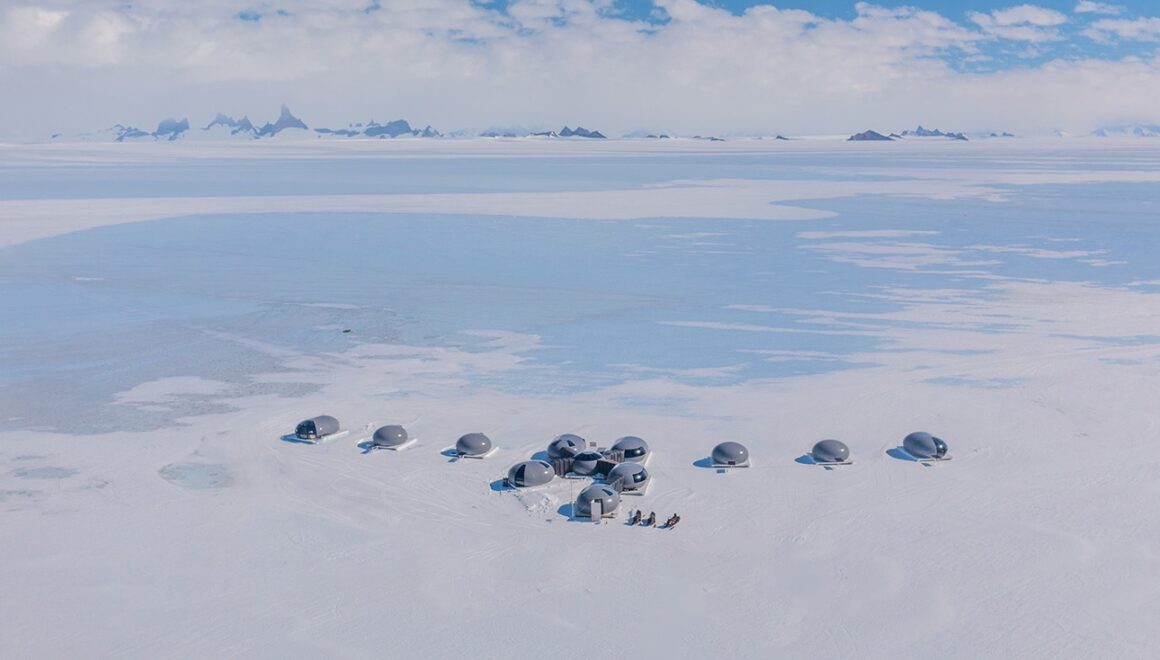

Permanent camps are constructed for the three summer months in Antarctica. They consist of durable tents and separate temporary structures made from special materials imported to the continent, and at the end of the summer season, they are dismantled. Typically, a standard camp comprises 20-30 tents designed for one or two people, main buildings for kitchen and dining, toilets, washing facilities with showers, phone booths, auxiliary technical structures, and electricity generators. Such camps are generally divided into regular camps and premium-class camps known as glamping sites.
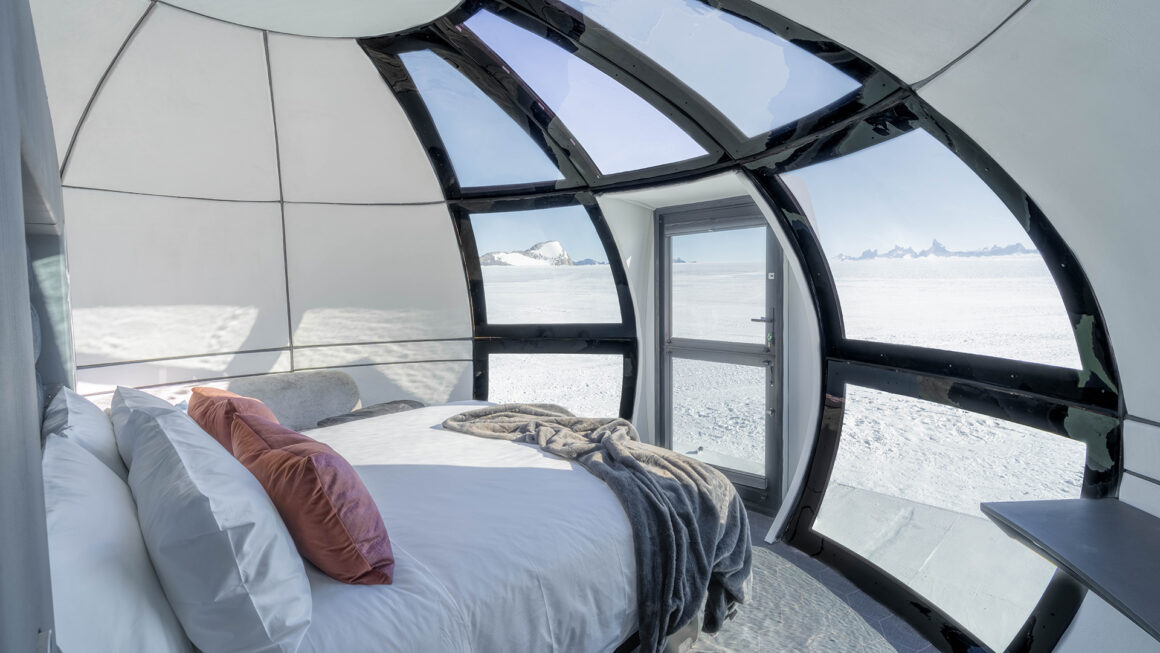

What is glamping in Antarctica? In essence, glamping combines the comfort of a hotel room with the opportunity to enjoy nature. Glamping in Antarctica involves several capsules made from special materials, inside of which you will find the luxury of a five-star hotel. Each capsule features a spacious bed, furniture, and a homely atmosphere. Naturally, the temperature inside these capsules allows you to be in your dressing gown comfortably. Individual modules are combined into a dining restaurant where a chef prepares high-end cuisine, and a bartender crafts amazing cocktails. There’s also a library, a sauna complex, and a spacious cozy lounge with a fireplace, including a small cinema. All of this comes with breathtaking views from the windows of the snowy landscapes of Antarctica. However, just take one step, and you transition from the luxurious lounge into the harsh embrace of Antarctica, a place that has challenged many an expedition!
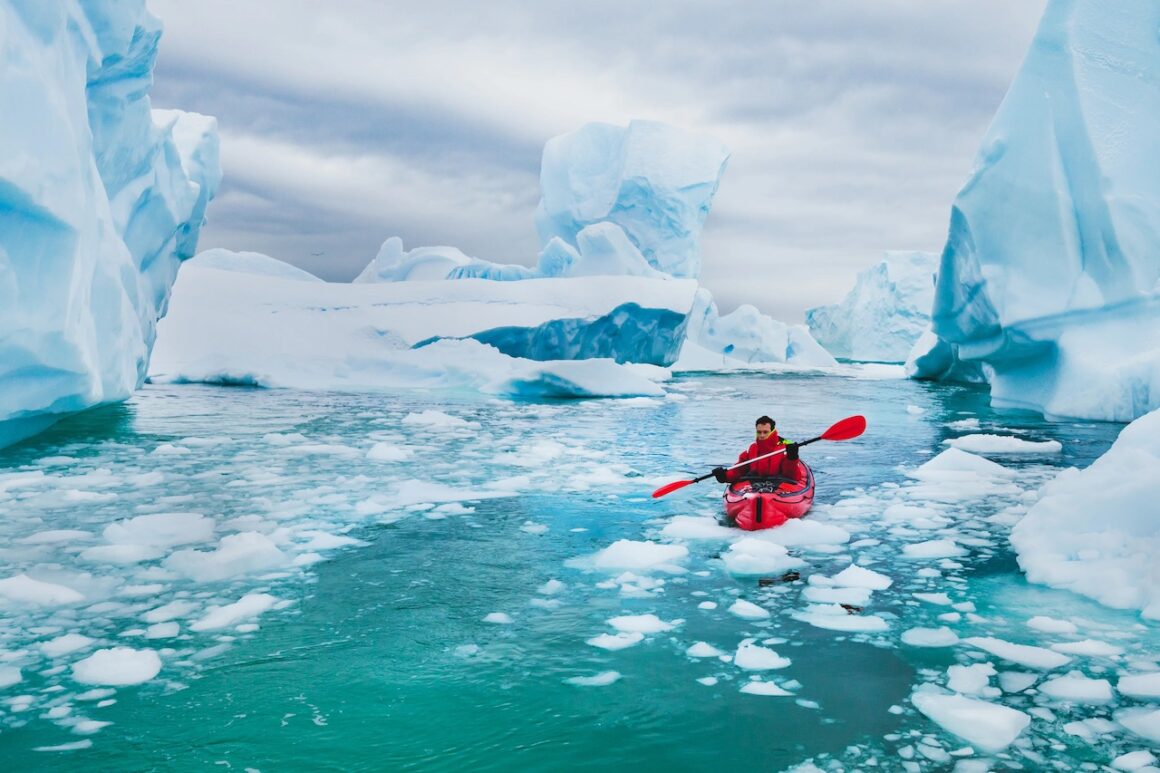

What are the peculiarities of camping tourism? Firstly, it’s the cost. Prices for such types of recreation are significantly higher, by an order of magnitude, than for sea cruises. This is due to the very complex logistics involved. To reach Antarctica, you travel by plane from one of the continents. Then, it’s necessary to take an internal flight across the Antarctic continent to the camping site or the nearest polar station, followed by transportation on a vehicle. Typically, spots on these internal flights are booked a year in advance since the priority for these internal flights is to support government scientific programs.
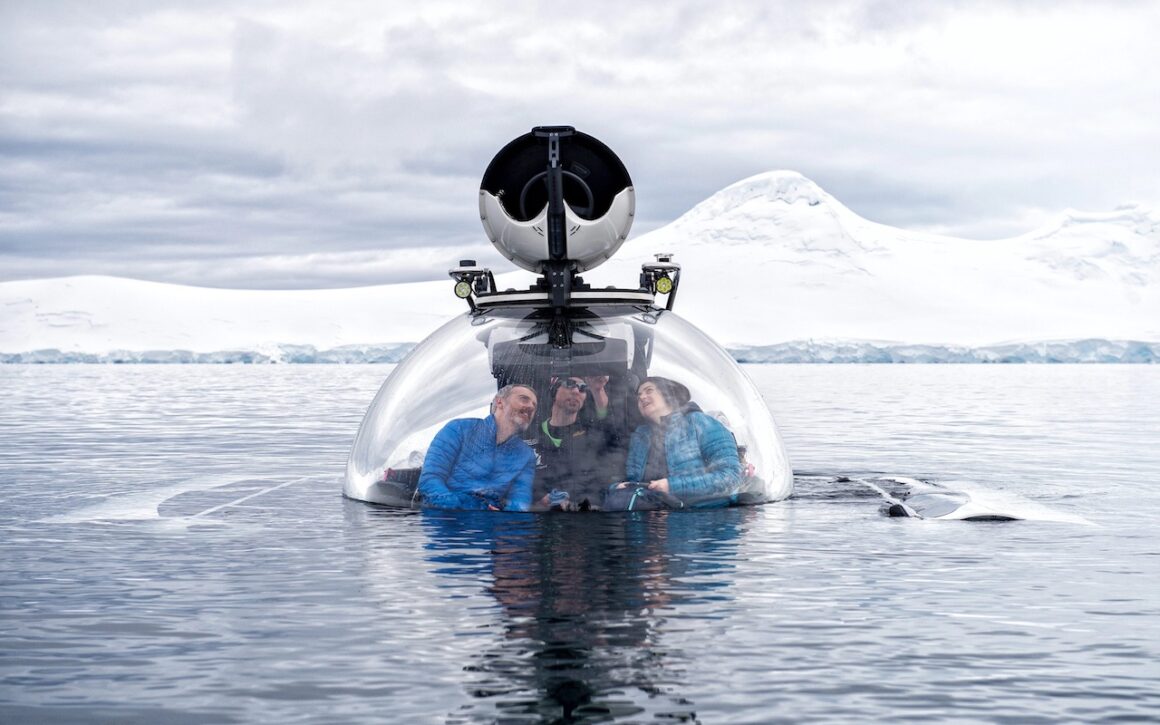

Secondly, there is the need for the rapid setup, maintenance, and dismantling of camps. Typically, camps and glamping sites are located in the most picturesque and interesting locations in Antarctica. This allows you to almost instantly step out of your capsule and find yourself at the base of a cliff you plan to climb, or after a few minutes on a snowmobile, witness the coastline where a colony of penguins resides, and in the water, whales, orcas, and sea leopards play, while seals bask on the shore in the rays of the polar sun. Usually, in the vicinity of glamping sites, numerous hiking, skiing, and even biking trails are established, along which you can encounter stunning landscapes of the southern continent. There are also multi-day hiking and skiing routes where, under the guidance of experienced instructors, you can experience what participants in Scott or Amundsen’s expeditions felt.
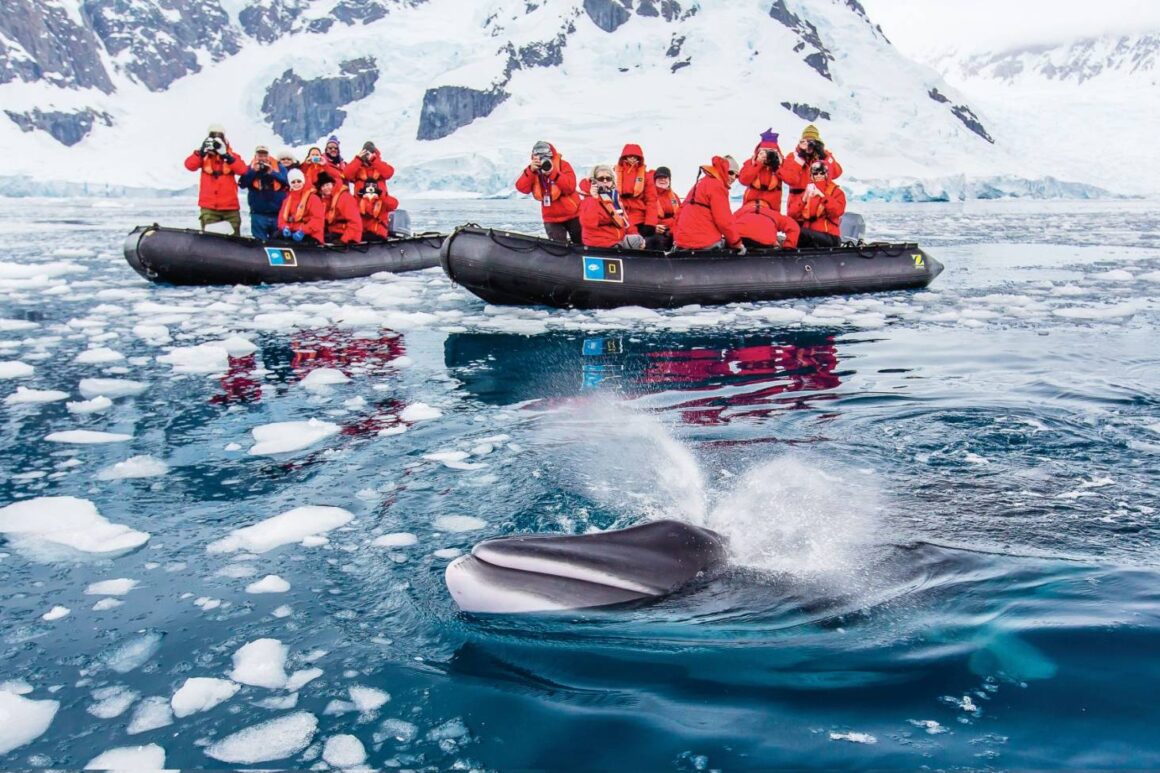

For instance, there is a particularly unique skiing route—an exact replication of the routes of the first expeditions to the South Pole. It’s a twelve-day skiing route where you will cover 69 miles/111 kilometers on skis, pulling sleds with equipment behind you. In this expedition, you will face all the challenges that the first explorers encountered. You will witness the harsh beauty of the high-altitude polar plateau, experience a silence like no other, and most importantly, you will be able to say that you reached the South Pole on skis solely through your efforts. Completing this route earns you a Polar Explorer certificate. For many, this is a dream of a lifetime!
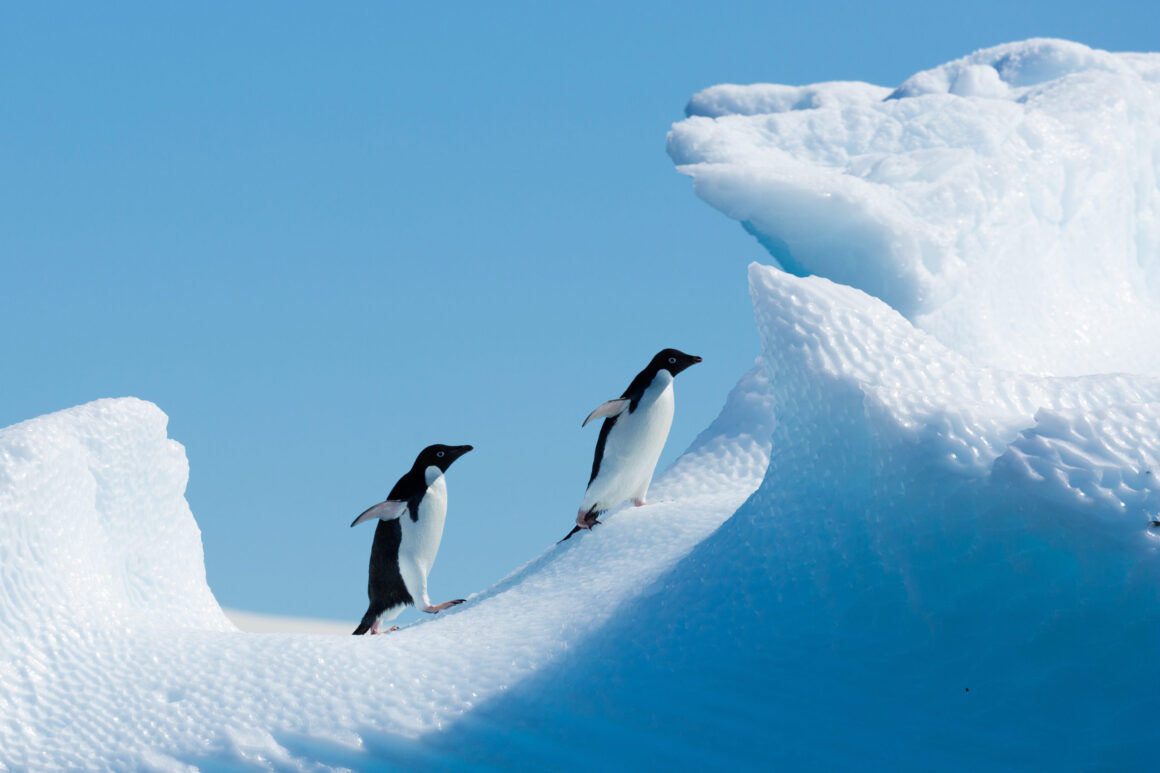

Upon completing the route, you immediately find yourself in the embrace of five-star service at your glamping site. You can warm up in the sauna, take a hot bath, and dine on high cuisine specially prepared for you by the chef. After lunch, while savoring a glass of expensive champagne by the fireplace, you can share your adventures with friends over the phone, accompanied by the photos and videos you captured during the journey. What could be better than that?!
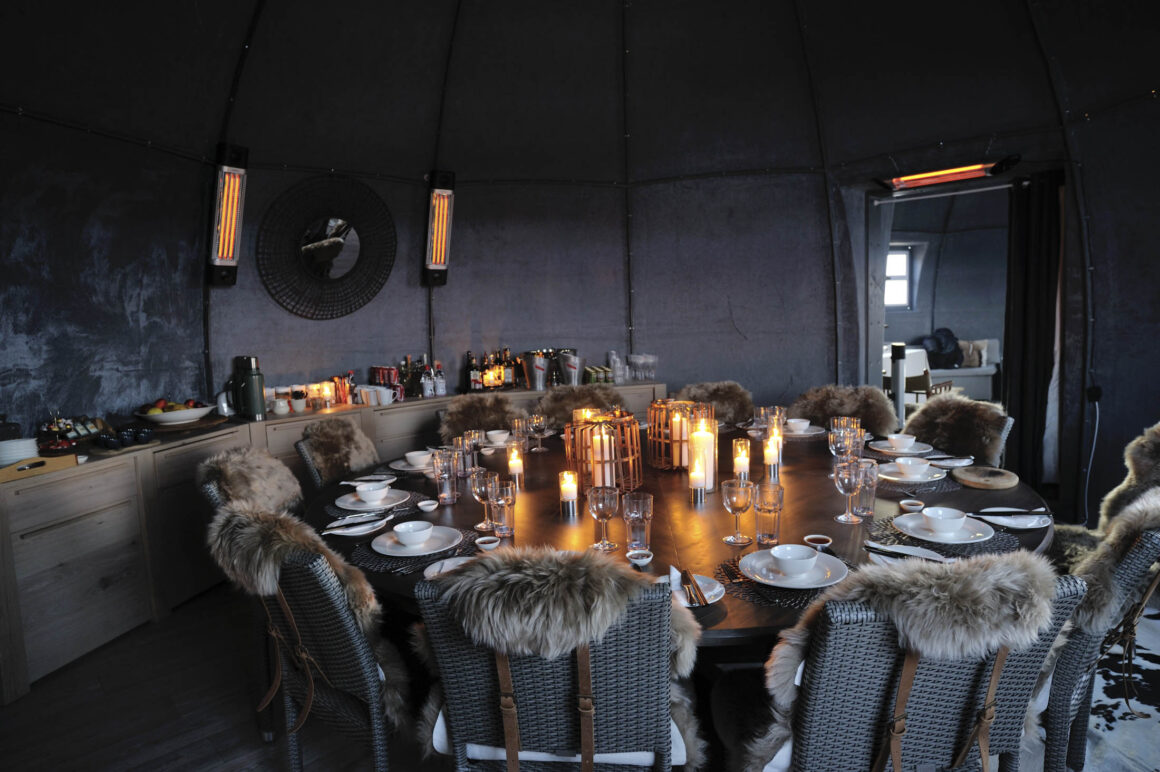

Currently, only a few companies offer such high-class vacations. When it comes to camping specifically at the South Pole, only two companies can provide this experience. There are approximately fifteen camps in Antarctica in total. A distinctive feature of this type of tourism is that you purchase a package tour that already includes a specific route. You cannot separately book a glamping capsule or a tent; it only comes as part of a specific tour. The choice of such tours is extensive, and it all depends on what you specifically want to see and experience.
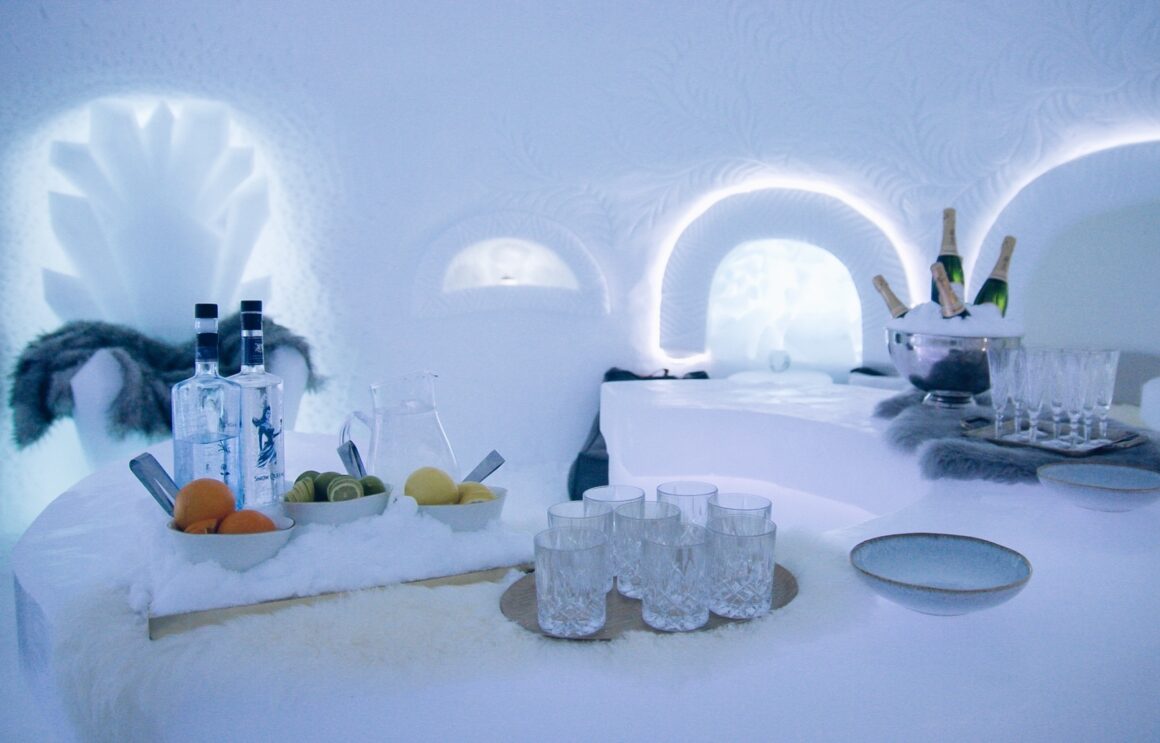

The summer period in Antarctica for the year 2023-2024 is approaching, and you still have the opportunity to showcase yourself by taking on the challenge of wild nature, primarily proving it to yourself. Demonstrate that you are a true polar explorer.
Read more TRAVEL articles HERE